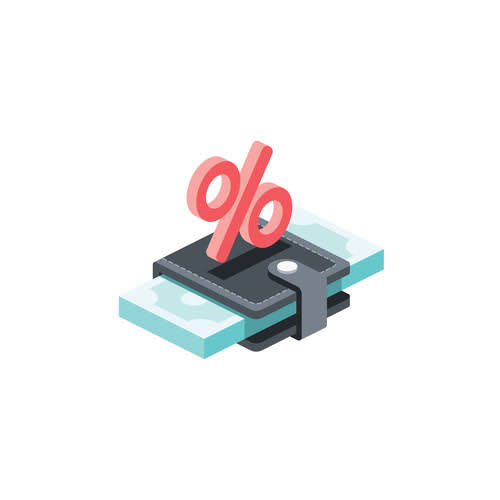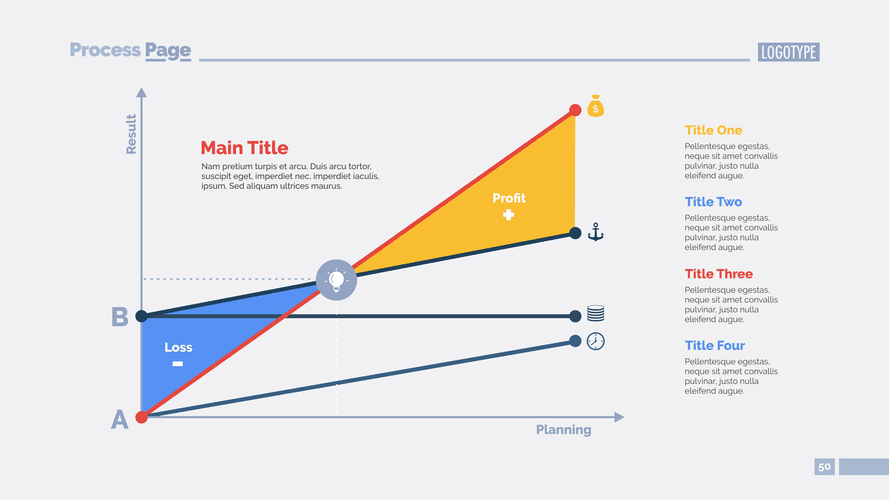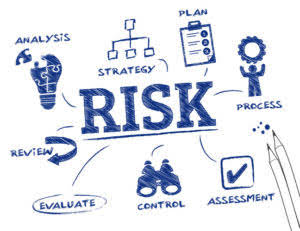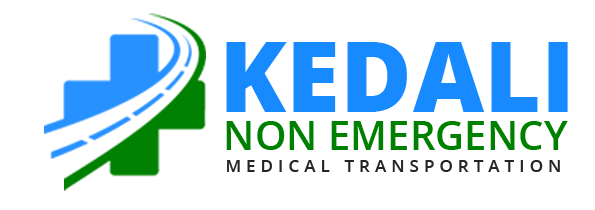
Companies may then react by tapping the capital markets for equity funding. Unfortunately, this can result in investors pulling back from the company’s shares due to worries over the debt load or even dilution depending on how additional capital is to be raised. To finance a new project, for example, it may need to take on debt or sell more equity.

Line Graph: Definition, Types, Parts, Uses, And Examples
In the above formula, the total cost of increased production refers to the previous volume and the new units added to it. However, none of it will include the fixed costs since they will not change due Bookkeeping for Etsy Sellers to volume fluctuation. The long-run incremental cost for lithium, nickel, cobalt, and graphite as critical raw materials for making electric vehicles are a good example. If the long-run predicted cost of the raw materials is expected to rise, then electric vehicle prices will likely be higher in the future.

Identifying Relevant Costs

Cost-effectiveness involves more than determining cost, it also involves assignment of a value to the outcome. The cost of capital refers to the cost of funds a company needs to finance its operations. Companies often use a combination of debt and equity issuance to finance their operations.
How the Incremental Cost of Capital Affects a Stock

It helps identify the additional expenses incurred when implementing a new project, launching a product, or expanding operations. By comparing the incremental costs with the expected benefits, incremental cost organizations can determine the feasibility and profitability of their endeavors. When it comes to managing finances effectively, understanding incremental cost can make a significant difference. Incremental cost, also known as the marginal or differential cost, refers to the additional cost a business incurs when producing or selling an additional unit of a product or service.
- Incremental cost is the difference in total cost when output changes by one unit.
- Any of the competing interventions is ruled out if there is another intervention that is both more effective and less costly.
- Remember, incremental cost isn’t just about numbers; it’s about informed choices.
- Press the “PV” button and enter 0 to find the incremental borrowing cost over the entire loan.
- Understanding the additional costs of increasing the production of a good is helpful when determining the retail price of the product.
- By approving the more effective interventions, QALY’s can be purchased more efficiently.
- Imagine an e-commerce platform adjusting ad spending based on incremental conversion rates.
- This information is valuable for businesses to make informed decisions regarding production, pricing, and resource allocation.
- By comparing these incremental costs with the projected incremental revenue, they can make an informed decision about the profitability of expanding into a new market.
- They need to assess the additional development costs (coding, testing, and deployment) against the expected benefits (user engagement, retention, and potential revenue).
- As such, the overall cost of capital is derived from a weighted average of all capital sources, widely known as the weighted average cost of capital (WACC).
Extended dominance rules out any intervention that has an incremental cost-effectiveness balance sheet ratio that is greater than that of a more effective intervention. The decision maker prefers the more effective intervention with a lower incremental cost-effectiveness ratio. By approving the more effective interventions, QALY’s can be purchased more efficiently. Johnson Tires, a public company, consistently manufactures 10,000 units of truck tires each year, incurring production costs of $5 million.
- Incremental cost, also known as the marginal or differential cost, refers to the additional cost a business incurs when producing or selling an additional unit of a product or service.
- ► When the effect of the intervention on costs and benefits is not fully realized during the study period, modeling should be used to estimate the costs and benefits over the patient’s lifetime.
- In the U.S. thresholds of $50,000/QALY or $100,000/QALY are often used.
- A restaurant with a capacity of twenty-five people, as per local regulations, needs to incur construction costs to increase capacity for one additional person.
- These costs may include direct labor, materials, and manufacturing overhead.
- Context matters, and decision makers must weigh trade-offs based on their unique circumstances.
